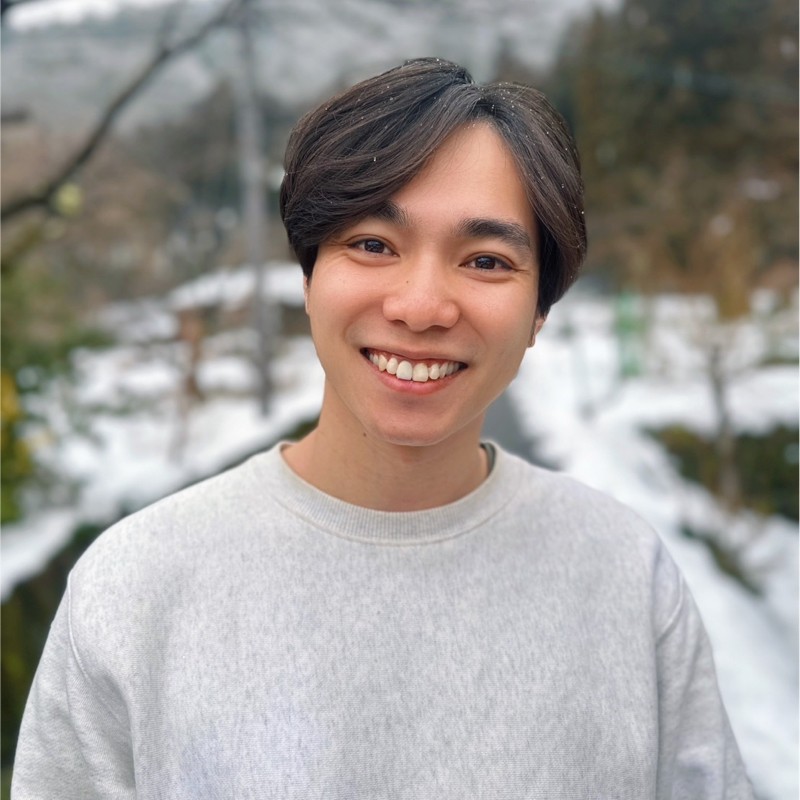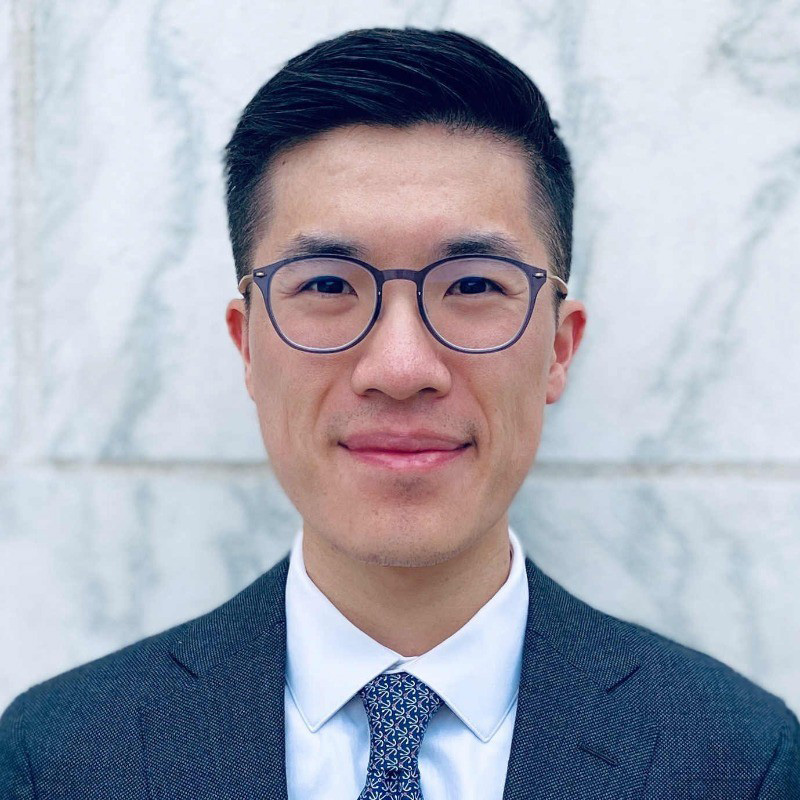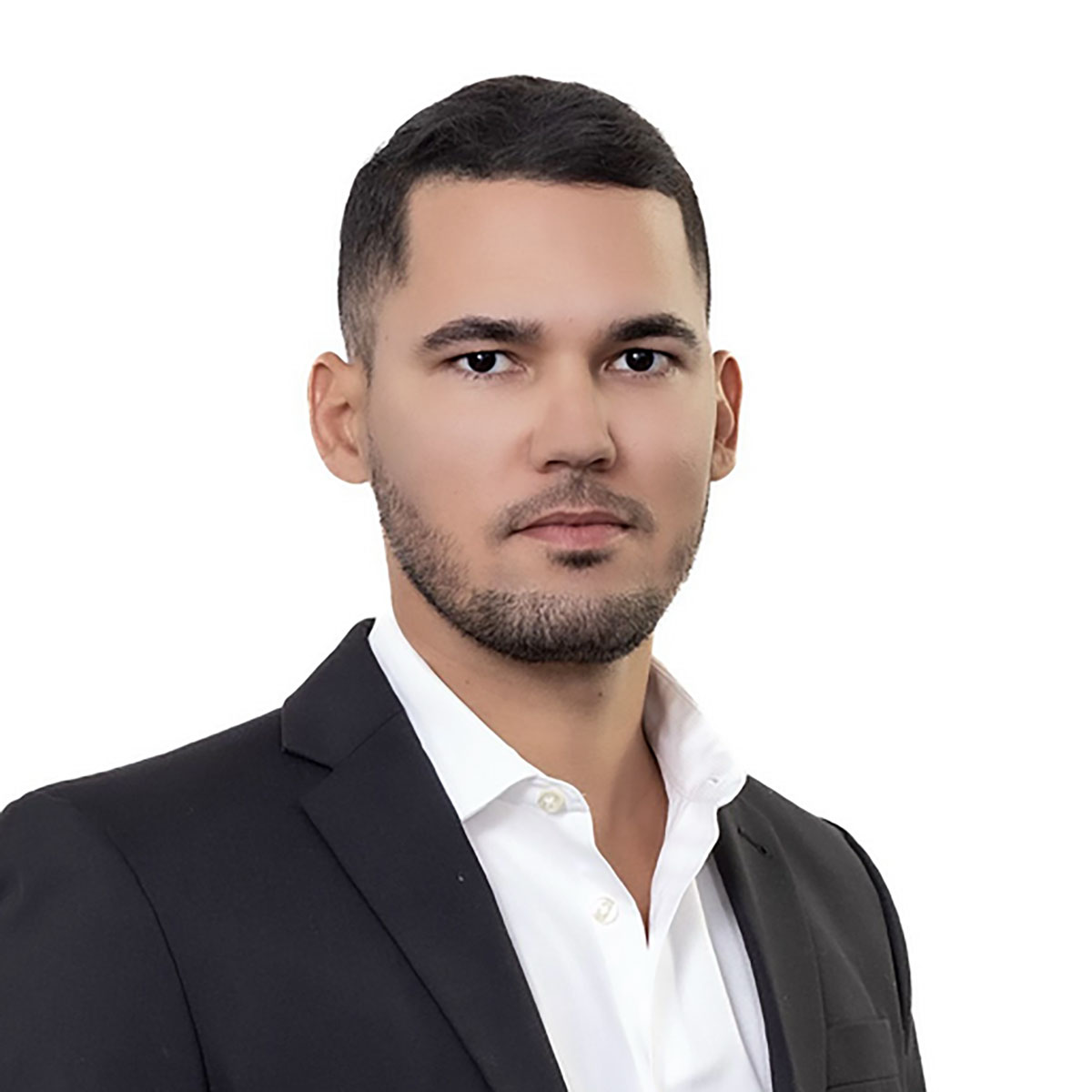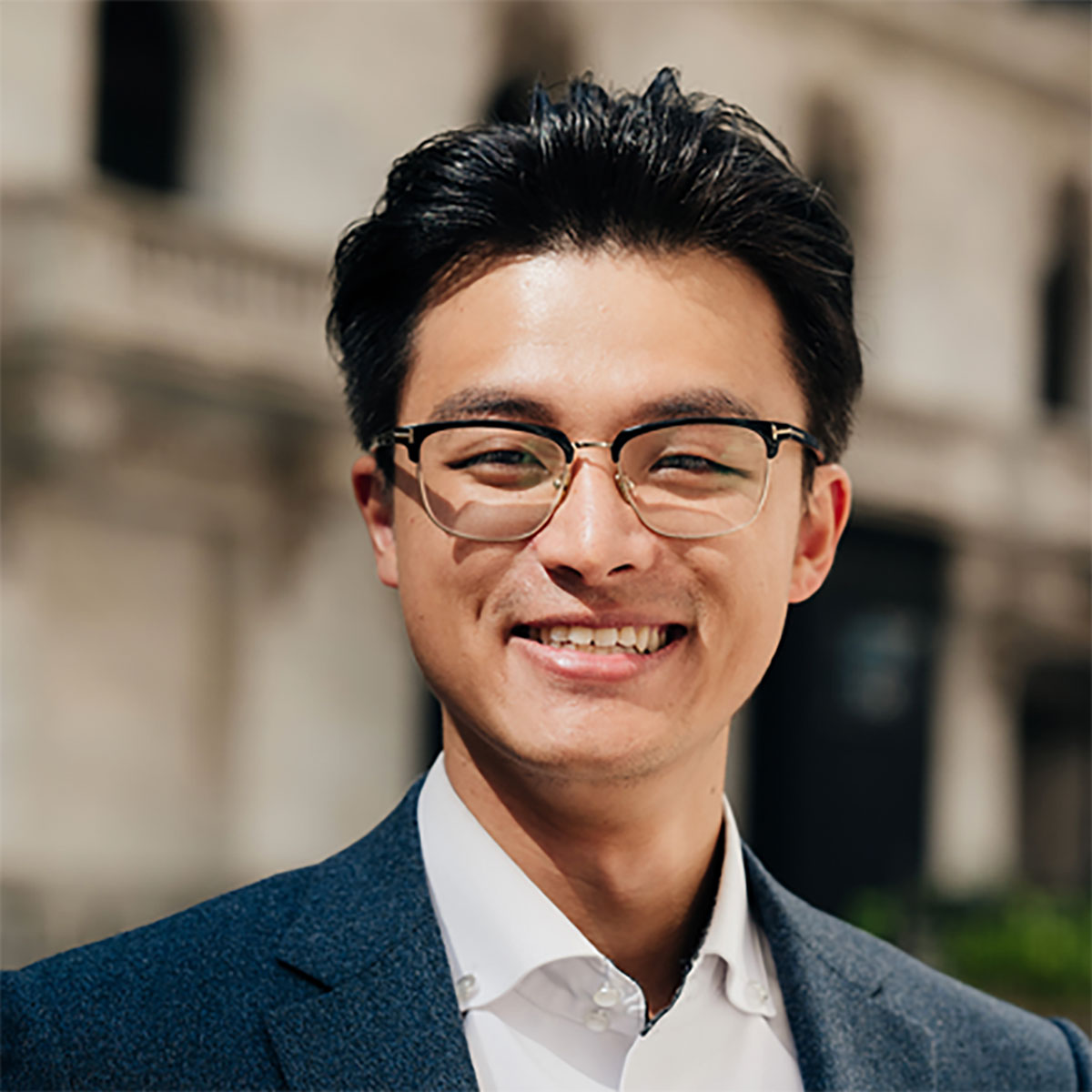Key takeaways
- Topical treatments can help fade age spots. Ingredients such as retinoids, vitamin C, and hydroquinone can reduce pigmentation and promote skin renewal.
- Professional procedures may offer faster results. Chemical peels, laser therapy, and cryotherapy are effective options for more stubborn or widespread age spots.
- Prevention still matters. Daily sunscreen use and antioxidant-rich skincare help prevent new spots from forming and support overall skin health.
Overview
Age spots, also known as liver spots or sunspots, are flat, dark patches that typically appear on sun-exposed areas of the skin, such as the face, hands, chest, and shoulders.
While harmless, they’re a common cosmetic concern that can make skin appear uneven and aged. If you’re wondering how to get rid of age spots, the good news is that several dermatologist-approved treatments can visibly reduce their appearance.
This guide explores the most effective ways to treat age spots, including topical treatments, laser therapies, lifestyle changes, and skin-friendly habits.
Whether your goal is to fade existing spots or prevent new ones, understanding the root causes and best treatment options will help you restore clearer, more radiant skin.
What are age spots?
Age spots are a common sign of skin aging, primarily appearing on areas exposed to the sun, such as the face, hands, shoulders, and arms. These spots typically develop on skin that is frequently exposed to the sun.
The primary cause of age spots is prolonged sun exposure, which stimulates melanin production in the skin. Melanin, the pigment responsible for skin color, increases in response to UV exposure, leading to the formation of these pigmented areas.
Age spots can develop in all skin types, but individuals with sun-sensitive skin are more prone to them. Risk factors for developing age spots include age, skin type, and cumulative sun exposure. Understanding the causes of age spots is crucial for effective prevention.
The importance of sun protection and sun exposure
The most effective way to prevent age spots is to limit your skin’s exposure to UV rays. Sun protection helps shield the skin from harmful UV rays and UV radiation, which are the primary causes of age spots. Here are some expert-recommended strategies:
- Daily sunscreen use: Apply a broad-spectrum sunscreen with an SPF of at least 30 to all exposed skin daily, even on cloudy days. Reapply every two hours, especially after swimming or sweating. Consistent use of sunscreen helps prevent further sun damage.
- Wear protective clothing: Wear clothing that provides protection, such as long-sleeved shirts, wide-brimmed hats, and UV-protective sunglasses. Clothing labeled with a UPF (Ultraviolet Protection Factor) of 40 to 50 offers additional protection and helps block harmful UV rays.
- Seek shade: Avoid being outdoors during peak hours (10 a.m. to 2 p.m.) when the sun’s rays are strongest. Seeking shade and avoiding direct light during these times helps protect the skin from the sun’s rays and prevents further sun damage.
Excessive sun exposure increases the risk of developing age spots.
How do you remove age spots with skincare?
Incorporating specific products into your skincare routine can help prevent and, in some cases, assist in treating age spots:
- Antioxidants: Use skincare products that contain antioxidants, such as vitamin C, vitamin E, and green tea extract. These ingredients help protect the skin from free radical damage and UV exposure.
- Topical treatments: Consider topical creams as part of your treatment options. Over-the-counter products, including creams and lotions with ingredients such as hydroquinone, retinol, or vitamin C, are commonly used to fade and lighten age spots. Consistent use of these topical creams can help reduce the appearance of age spots and prevent new ones from forming.
- Natural remedies: Some people find success with natural treatments, such as lemon juice, aloe vera gel, or apple cider vinegar, to gently lighten age spots. However, these can increase sun sensitivity and may cause irritation; therefore, always follow up with sunscreen and exercise caution to avoid irritation.
Professional treatment options for addressing age spots include chemical peels, which utilize a chemical solution to exfoliate the skin and stimulate regeneration, as well as laser treatment, both of which are effective methods for fading age spots. When exploring treatment options, it is crucial to consult a dermatologist to develop a personalized treatment plan for optimal results.
Lifestyle changes to support skin health
In addition to sun protection and skincare, specific lifestyle changes can enhance your skin’s health:
- Balanced diet: Maintain a diet rich in antioxidants, including fruits, vegetables, and whole grains. Foods high in vitamins C and E can support skin health
- Hydration: Drink plenty of water to keep your skin hydrated and support overall health.
- Avoid tanning beds: Tanning beds can significantly increase the risk of developing age spots and other skin damage.
Expert opinions on preventing age spots
Dermatologists emphasize that the key to preventing age spots is diligent sun protection.
Dr. Oma Agbai from UC Davis Health advises that reducing UV exposure is the most effective method for preventing age spots.
While at-home treatments can help fade dark spots, consulting a dermatologist for personalized advice is recommended.
Bottom line
Preventing age spots requires a proactive approach that includes sun protection, a dedicated skincare routine, and healthy lifestyle choices. By following these strategies, you can maintain youthful, radiant skin and minimize the appearance of age spots.
Frequently Asked Questions (FAQs)
- Can age spots be removed?
Yes, age spots can be treated with various methods, including topical treatments, chemical peels, and laser therapy. Consult a dermatologist for the best options.
- Are age spots harmful?
Age spots do not pose a health risk and are generally harmless. However, it’s essential to monitor for new skin changes or any dark spots that look different from others. Changes in the appearance of a dark place, such as irregular borders, color changes, or rapid growth, could indicate skin cancer. Consult a dermatologist if you notice any suspicious changes.
- How long does it take to see results from treatments?
Results from topical treatments can take several weeks to months, while professional treatments may provide more immediate results.
References
- UC Davis Health. (2024). How to Get Rid of Sunspots & Prevent New Ones. Retrieved from https://health.ucdavis.edu/
- Mayo Clinic. (2024). Age Spots: Symptoms & Causes. Retrieved from https://www.mayoclinic.org/
- Dermatology Seattle. (2025). Prevent and Treat Age Spots. Retrieved from https://www.dermatologyseattle.com/









